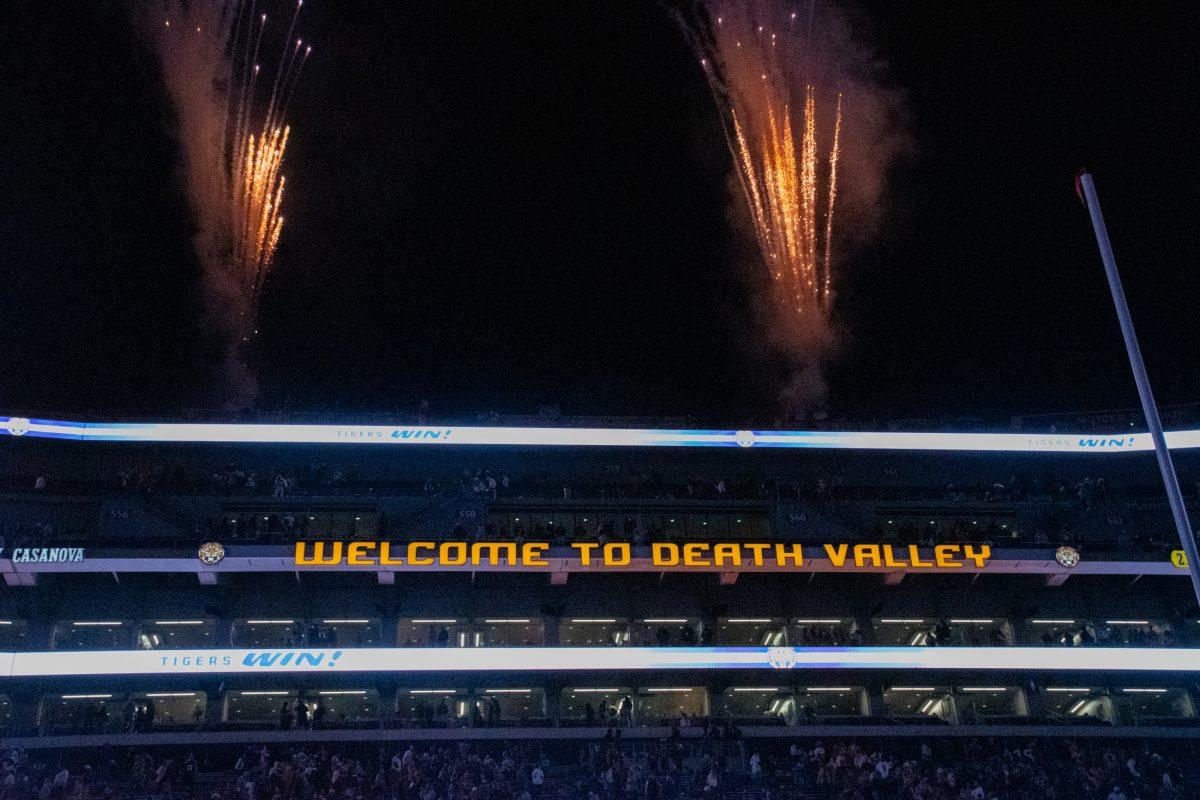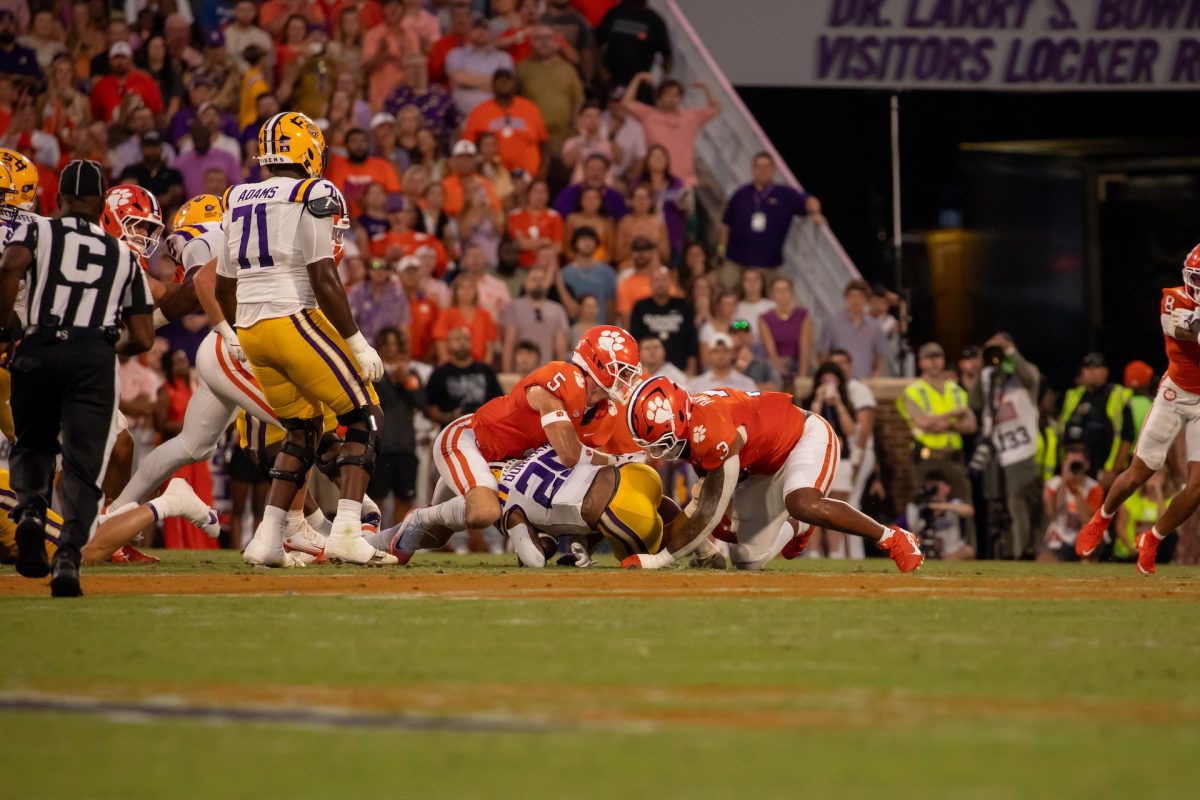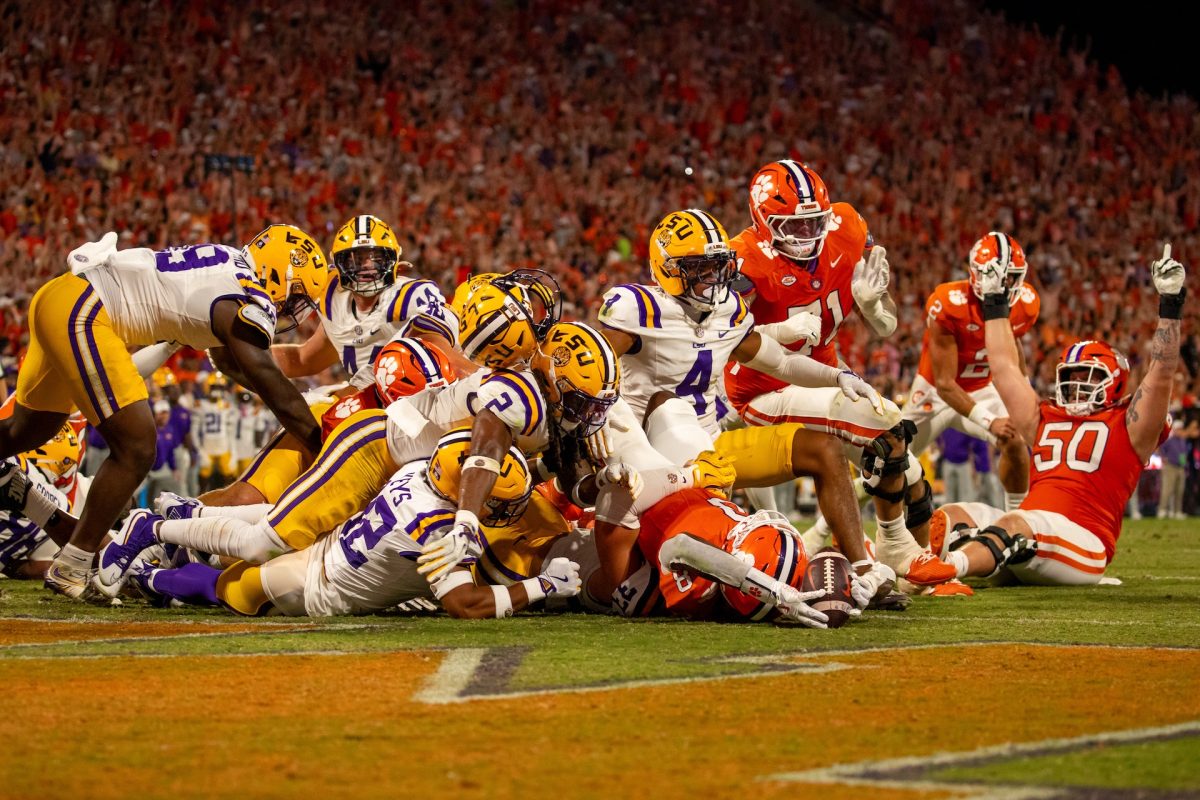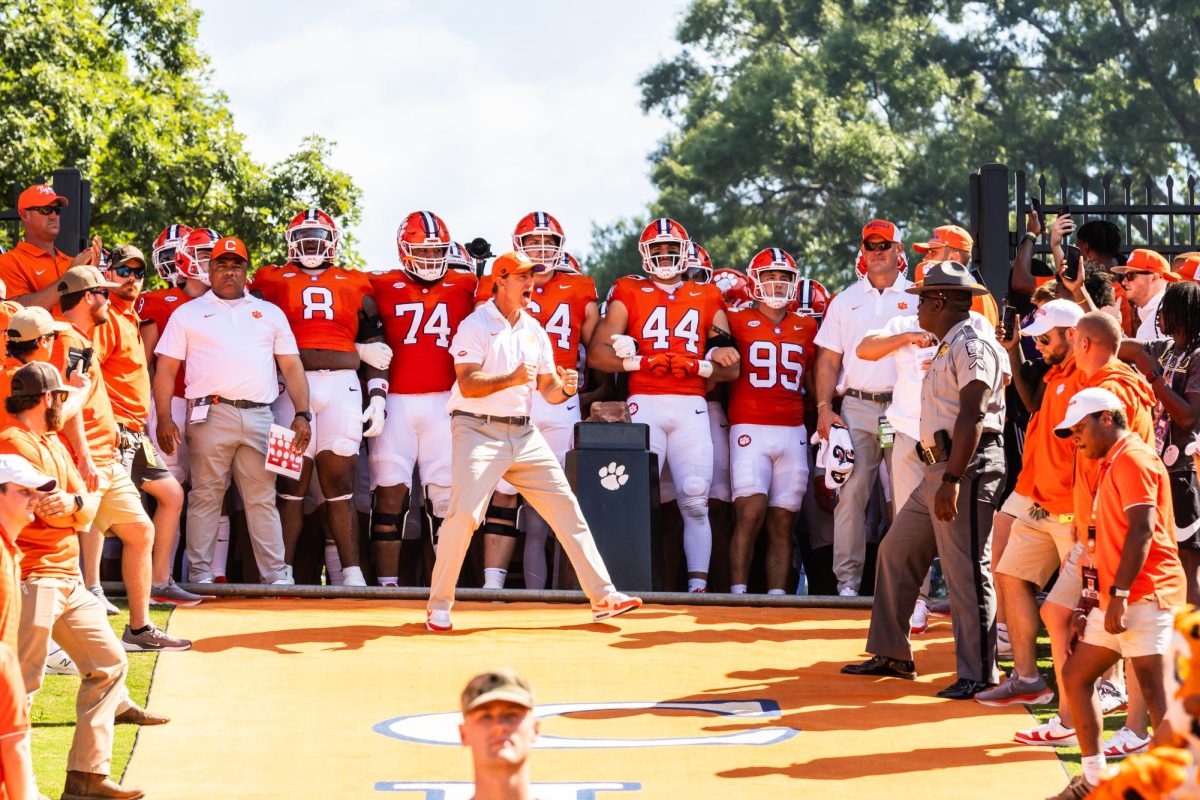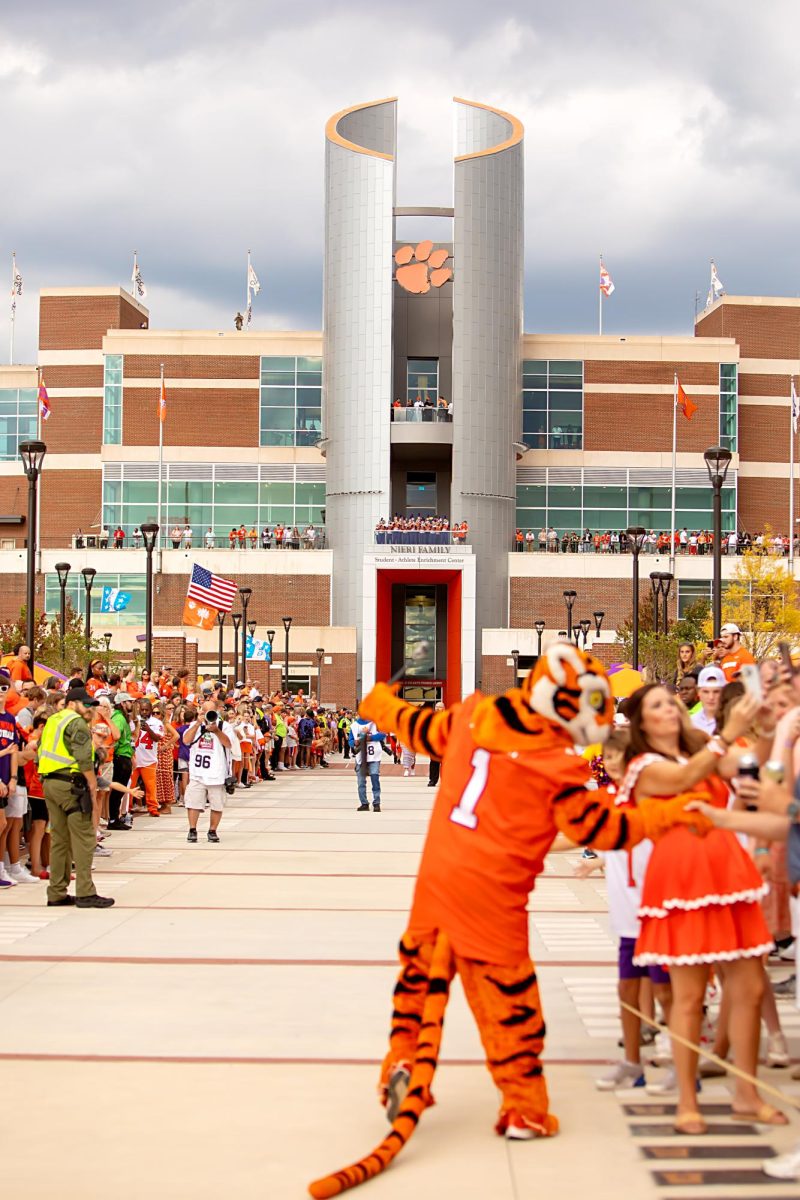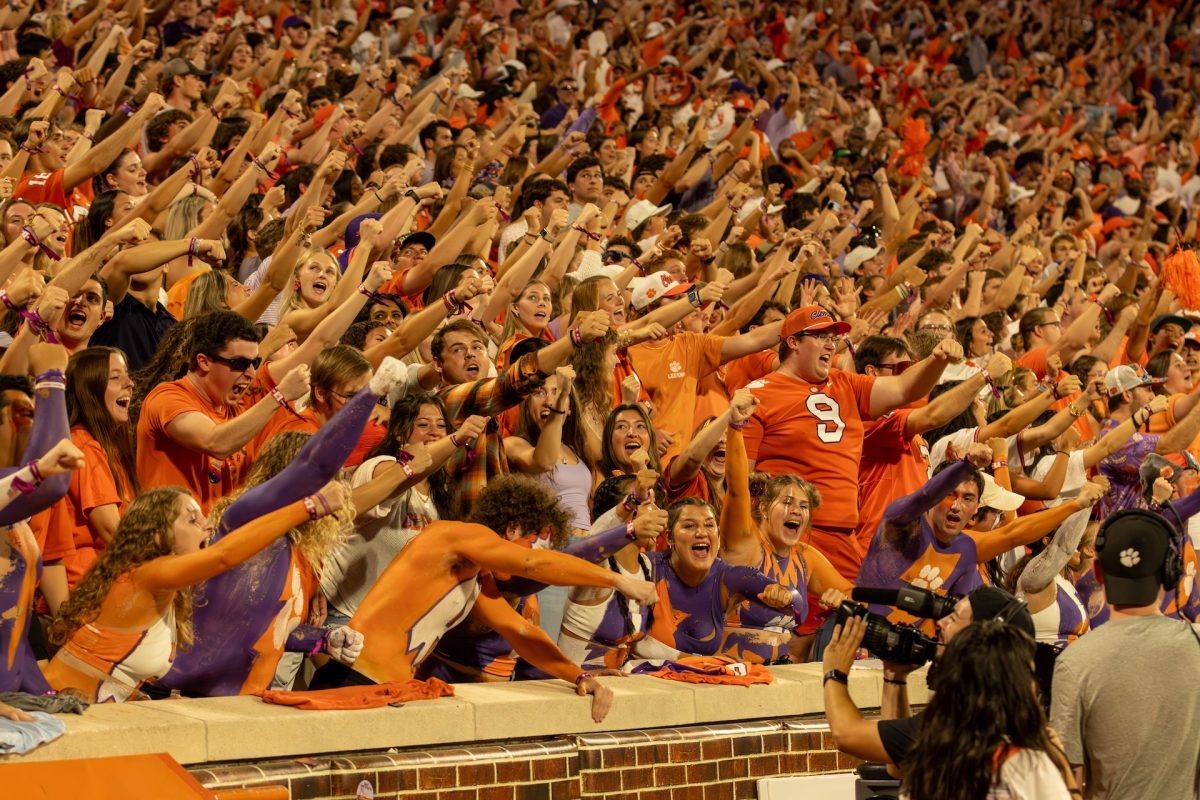The following article was written by a writer for LSU’s student newspaper, The Reveille, which The Tiger is partnering with to bring you preview content ahead of the LSU-Clemson matchup. Here’s a link to the original article, and here’s a link to all The Reveille’s preview content.
The hype for this Saturday’s LSU-Clemson matchup is sky-high. Playoff stakes, pride, bragging rights — all of it’s on the line. But there’s one debate that towers above them all: which school really owns the name “Death Valley?”
Clemson insists that Memorial Stadium, named in honor of alumni who served in World War II, wasn’t a strong enough identity, so they slapped “Death Valley” on top of it in the 1940s and have been holding on tight ever since.
Cute branding, but let’s be honest: there’s only one stadium that actually lives up to the name, and in the words of Dan Borné, “It is a pantheon of concrete and steel.”
First, size matters.
Tiger Stadium in Baton Rouge seats 102,321 fans. Memorial Stadium? 81,500. That’s a 20,821-person gap, essentially equivalent to the entire capacity of an SEC stadium. In Death Valley, volume counts. Tiger Stadium doesn’t just get loud; it swallows visiting teams whole.
Second, history.
Clemson points to Presbyterian coach Lonnie McMillan, who referred to their place as “Death Valley” in the 1940s. A nice piece of trivia, but LSU was already known as “Deaf Valley” by the 1950s, because the stadium was so deafening that opponents couldn’t hear themselves think.
The nickname naturally evolved into “Death Valley” after a legendary Sugar Bowl win in 1959 over none other than Clemson. Following the 7-0 victory, LSU became nationally recognized as the real Death Valley.
And then comes the deal breaker for Clemson: two very important numbers, 42-25.
That was the final score of the 2019 national championship in New Orleans, when Joe Burrow and LSU didn’t just beat Clemson, they sent them packing back to “Dead Valley.”
If Death Valley means the place where opponents’ dreams go to die, that night made it clear whose valley actually owns the title.
Clemson brags about Howard’s Rock and “the most exciting 25 seconds in college football,” which, when you break it down, consists of running down a hill.
The only hill at LSU is Victory Hill, which leads straight into the heart of Death Valley.
Ask a casual college football fan where “Death Valley” is, and they’ll say Baton Rouge. They’ll picture Mike the Tiger, the Golden Band from Tigerland and a Saturday night roar that rattles TV speakers across America.
So yes, Clemson coined the phrase, but LSU embodies it — bigger, louder and, when it mattered most, better.
The real Death Valley isn’t in the hills of South Carolina. It’s in the walls of Tiger Stadium, where noise becomes legend, where opponents’ seasons go to die.
The real Death Valley lies in the heart of the bayou, on the banks of the Mississippi and at the bottom of Victory Hill.



